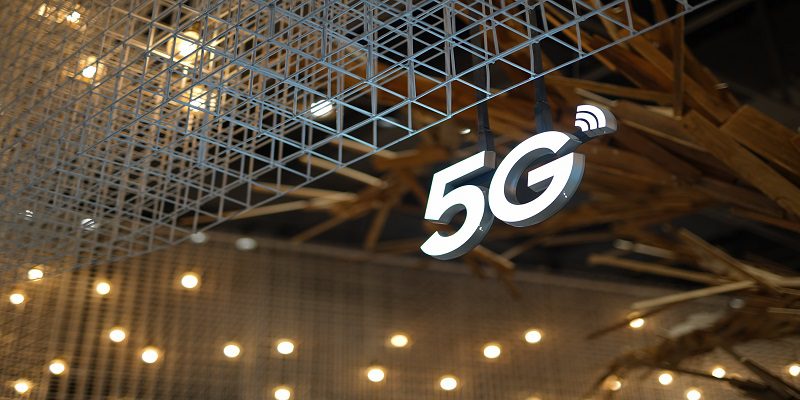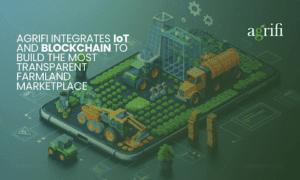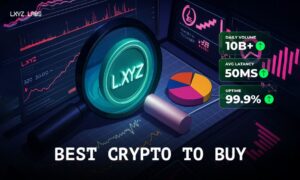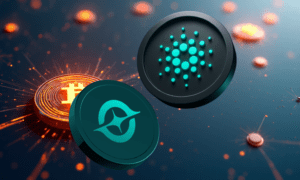In the rapidly evolving landscape of technology, the marriage of 5G and the Internet of Things (IoT) has emerged as a transformative force, promising unparalleled connectivity and unlocking a myriad of possibilities for various industries. As we delve into the intricate web of technological advancements, it becomes evident that the integration of 5G technology is not merely advantageous but is becoming increasingly essential for the seamless evolution of IoT. In this exploration, we unravel the symbiotic relationship between 5G and IoT, understanding why the fusion of these two realms is pivotal for the future.
Speed and Bandwidth: The Catalyst for IoT’s Potential Unleashed
At the heart of the symbiosis between 5G and IoT lies the revolutionary speed and bandwidth that 5G networks provide. Unlike its predecessors, 5G boasts significantly higher data transfer rates, minimizing latency to unprecedented levels. This low latency is a game-changer for IoT devices, especially in applications where real-time data processing is critical. Whether it’s a smart city infrastructure, autonomous vehicles, or healthcare systems relying on remote surgeries, the speed of 5G ensures that the potential of IoT is fully harnessed.
Massive Device Connectivity: Empowering the Internet of Things
The hallmark of IoT is the interconnectivity of devices, creating an intricate web of communication. 5G technology, with its ability to support a massive number of devices simultaneously, becomes the backbone of this interconnected ecosystem. This is particularly crucial in scenarios where thousands or even millions of devices need to communicate seamlessly, such as in industrial IoT applications or smart grids. The expansive capacity of 5G networks ensures that each device can transmit and receive data without causing congestion or compromise in performance.
Low Latency: Realizing the Promise of Real-Time Communication
One of the limitations that earlier generations of cellular networks posed for IoT was latency – the delay between sending and receiving information. 5G addresses this challenge with ultra-low latency, reducing the lag to a fraction of what was previously possible. This is a game-changer for applications like augmented reality (AR), virtual reality (VR), and autonomous systems. Consider a scenario where a self-driving car needs to make split-second decisions based on real-time data – 5G ensures that the communication between the vehicle and its surrounding environment is virtually instantaneous.
Enhanced Security: Safeguarding the IoT Ecosystem
Security is a paramount concern in the IoT landscape, given the vast amount of data exchanged between devices. 5G brings to the table enhanced security features, making it a robust platform for IoT implementations. With features like network slicing, which allows the creation of isolated and secure virtual networks, 5G ensures that each connected device operates in a secure environment. This is especially crucial in sectors such as healthcare, where patient data transmitted between devices must be safeguarded against potential cyber threats.
Ubiquitous Connectivity: Bridging Urban and Rural Divides
While earlier generations of cellular networks struggled with providing consistent coverage in remote or sparsely populated areas, 5G has the potential to bridge this connectivity gap. The widespread availability of 5G connectivity can bring IoT applications to rural areas, revolutionizing agriculture, infrastructure monitoring, and environmental sensing. This ubiquity of connectivity ensures that the benefits of IoT are not confined to urban landscapes but reach far and wide, fostering inclusive technological development.
Energy Efficiency: Paving the Way for Sustainable IoT
Energy efficiency is a critical consideration in the design and deployment of IoT devices, many of which operate on battery power. 5G introduces advancements in this realm by optimizing the energy consumption of devices connected to its network. This not only extends the battery life of IoT devices but also aligns with the global push towards sustainable and energy-efficient technologies. In agriculture, for instance, IoT-enabled sensors can operate for longer durations without the need for frequent battery replacements, enhancing the overall efficiency of farming practices.
Edge Computing Integration: Redefining IoT Architecture
5G doesn’t just stop at enhancing connectivity; it dovetails seamlessly with the rising prominence of edge computing. The amalgamation of 5G and edge computing allows data processing to occur closer to the source, reducing the need for centralized cloud processing. This is a paradigm shift in IoT architecture, enabling quicker response times and reduced dependence on a centralized server. In scenarios where split-second decision-making is crucial, such as in autonomous vehicles, the synergy of 5G and edge computing is a game-changer.
Unleashing the Potential of Smart Cities: 5G and IoT in Urban Development
Smart city initiatives, driven by the integration of IoT, stand to gain immensely from the capabilities of 5G. The comprehensive connectivity provided by 5G networks allows for the seamless coordination of myriad devices, from smart traffic lights to environmental sensors. This synergy creates a responsive urban environment where data-driven decisions can enhance efficiency, sustainability, and the overall quality of life for citizens.
Healthcare Revolutionized: Remote Monitoring and Telemedicine
The healthcare sector is witnessing a transformative wave with the integration of 5G and IoT. Remote patient monitoring, enabled by IoT devices, coupled with the high-speed and low-latency communication of 5G, facilitates real-time health data transmission. This opens up avenues for telemedicine, remote surgeries, and the timely delivery of critical healthcare services. The synergy between 5G and IoT in healthcare is not just about technological innovation; it has the potential to save lives by overcoming geographical barriers and ensuring prompt medical interventions.
Economic Implications: Driving Innovation and Competitiveness
The fusion of 5G and IoT is not only a technological advancement but also a catalyst for economic growth and innovation. Countries and industries that embrace these technologies stand to gain a competitive edge in the global market. The efficiency, scalability, and transformative potential of 5G-enabled IoT applications create new avenues for business models, entrepreneurship, and job creation.
Conclusion
The synergy of 5G technology and the Internet of Things IoT heralds a future where connectivity is not just ubiquitous but is the bedrock upon which innovation and progress thrive. The speed, low latency, and massive device connectivity of 5G unlock the true potential of IoT, permeating diverse sectors from healthcare to agriculture and from urban development to industrial automation. As we stand at the cusp of this technological convergence, it becomes increasingly clear that the marriage of 5G and IoT is not just essential; it is defining the trajectory of our digital future.


































